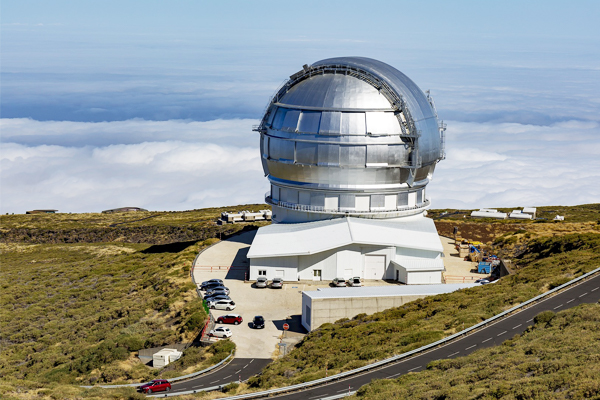Module Overview
Calculus techniques already provide solutions of simple first-order differential equations. Solution of second-order differential equations can sometimes be achieved by certain manipulations. Students may learn about existence and geometric interpretations of solutions, even when calculus techniques do not yield solutions in a simple form. This is a part of the existence theory of ordinary differential equations and leads to fundamental techniques of the asymptotic and qualitative study of their solutions, including the important question of stability. Fourier series and Fourier transform are introduced.
This module provides an introduction to the classical second-order linear partial differential equations and techniques for their solution. The basic concepts and methods are introduced for typical partial differential equations representing the three classes: parabolic, elliptic, and hyperbolic.
Module Overview
This modules covers the first established classical theory of fields, namely the theory of electromagnetic fields. After introducing the necessary mathematical tools such as curl, divergence, and gradient, the module discusses the macroscopic and microscopic Maxwell’s equations of electromagnetism as well as their solutions for some model problems in vacuum and in some materials. Topics covered include Gauss’s law, Maxwell’s law of induction, Faraday’s law, time-dependent electromagnetic fields, electromagnetic waves, and dielectric and magnetic materials.
Module Overview
This module aims to provide students with the experience of working as part of a team on a project.
Students will have the opportunity to produce a set of deliverables relevant to their programme of study. Final deliverables will be negotiated between the group and their supervisor, the module coordinator will be responsible for ensuring that each project covers the learning outcomes of the module. Groups are expected to manage their own processes, and to hold regular meetings both with and without their supervisor. Groups will be allocated by the module coordinator and other members of staff. The process of development of the topic under study and the interaction and management of group members underpins the assessment of skills in the module.
Module Overview
This module describes how modern physics is used in everyday industrial practice. Examples used in this module will be aligned with the interests of the university's industrial partners and collaborators. The module also introduces how theoretical apparatus developed initially in physics finds its application in the field of economy.
Module Overview
Students have the opportunity to learn how mathematics is applied to modern industrial problems, and how the mathematical apparatus finds applications in the financial sector.
Module Overview
This module is concerned with a modern formulation of mechanics called Lagranian mechanics whereby the actually observed motion of an object is viewed as one among many potentially conceivable motions. The selection process of the actual motion satisfies the so-called Principle of Minimum Action. The corresponding formalism allows to tackle very intricate mechanical problems and has many technical advantages with regards to changes of variables. A ‘dual’ theory called Hamiltonian mechanics can also be formalized with its own advantages to address problems in mechanics. These two theories constitute the foundation on which quantum mechanics, statistical and quantum field theories are based. The module delivery includes the Minimum Action Principle, Euler-Lagrange equations, Noether’s theorem, Hamilton’s equations, and Poisson brackets
Module Overview
Students will have the opportunity to utilise computers for the numerical solution and simulation of models of physical and mathematical systems, including the use of computer procedural programming languages to solve computational problems.
Numerical algorithms will be introduced to exemplify key concepts in computational programming, with the emphasis on understanding the nature of the algorithm and the features and limitations of its computational implementation. In creating programs, the emphasis will be on using effective programming techniques and on efficient debugging, testing and validation methods. Students may also develop skills at using a logbook as a factual record and as reflective self-assessment to support their learning.
Module Overview
This module introduces two pillars of modern physics: statistical mechanics and quantum physics. Both theories involve the combination of probability theory and physical concepts. The module will aim to equip students with the tools of probability theory necessary to engage with these two theories. It will then delve into a presentation of classical equilibrium statistical mechanics and the basic principles of quantum physics.
Module Overview
This module aims to challenge our understanding of the Solar System in the context of the fast paced field of exoplanets. The module aims to equip students with methods to analyse exoplanet observations in modern astronomy.
Module Overview
The Placement Year aims to give students a continuous experience of full-time work within an organisation. Work placements should enable students to experience first hand the daily workings of an organisation while setting that experience in the broader context of their studies.






